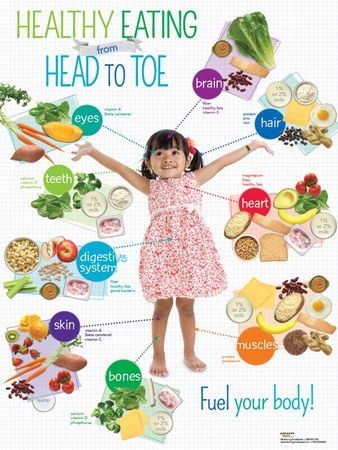
Establishing healthy eating habits from an early age is crucial for a child’s overall growth and development. Encouraging nutritious food choices not only ensures their physical well-being but also sets the foundation for a lifetime of healthy habits. By instilling the importance of healthy eating in children, we are equipping them with the tools they need to stay strong and lead a balanced lifestyle.
1. Involve Children in Meal Planning
One effective way to encourage healthy eating habits is by involving kids in the meal planning process. Allow them to choose fruits, veggies, and whole grains at the grocery store. When they participate in creating their own meals, they develop a sense of ownership and are more likely to try new foods. Additionally, this offers an opportunity for teaching kids about the nutritional benefits of different food groups.
2. Make Healthy Foods Fun
Kids are often attracted to colorful and visually appealing foods. Incorporate creativity into mealtime by making healthy foods fun. Transform vegetables into funny shapes or use cookie cutters to create exciting fruit snacks. By presenting nutritious foods in an enjoyable and engaging manner, children are more likely to develop a positive association with healthy eating.
3. Set a Good Example
Children learn by observing their parents and caregivers. Therefore, it is essential for adults to set a good example by practicing healthy eating habits themselves. When children witness their role models making wholesome food choices, they are more likely to follow suit. Enjoy meals together as a family and make it a point to prioritize nutritious options.
4. Teach Portion Control
Incorporating portion control into children’s lives helps them recognize when they are full and prevent overeating. Explain to them the importance of listening to their bodies and eating until they feel satisfied, not stuffed. Encourage them to take smaller portions of high-calorie foods while incorporating larger servings of nutrient-rich options like fruits and vegetables.
5. Limit Processed and Sugary Foods
Processed and sugary foods should be limited in a child’s diet. While occasional treats are acceptable, it is crucial to establish boundaries and explain the detrimental effects of excessive sugar consumption. Encourage healthier alternatives, such as homemade snacks and fresh fruits, to satisfy their sweet cravings. By reducing their intake of processed foods, kids can maintain a well-balanced diet.
6. Hydration is Key
Adequate hydration is vital for a child’s overall health. Encourage them to drink plenty of water throughout the day and limit their intake of sugary beverages. Make water accessible and appealing by offering colorful water bottles or adding slices of fruits like lemon or berries for natural flavoring. By instilling the habit of staying hydrated, kids will prioritize water over other potentially harmful alternatives.
7. Educate About Food Groups and Nutrition
Teaching children about the different food groups and the importance of balanced nutrition empowers them to make informed choices. Explain the benefits of each food category, such as proteins for muscle growth or calcium for strong bones. Encourage them to include a variety of foods from each group in their daily meals, ensuring they receive all the essential nutrients their bodies need to thrive.
Conclusion
Healthy eating habits are crucial for a child’s physical and mental well-being. By starting early and prioritizing nutritious choices, parents can have a significant impact on their children’s long-term health. By involving kids in meal planning, making healthy foods fun, setting a good example, teaching portion control, limiting processed and sugary foods, promoting hydration, and educating about food groups, we can lay the foundation for a lifetime of healthy eating. Let’s empower our children to make smart food choices and ensure they stay strong, both now and in the future.


